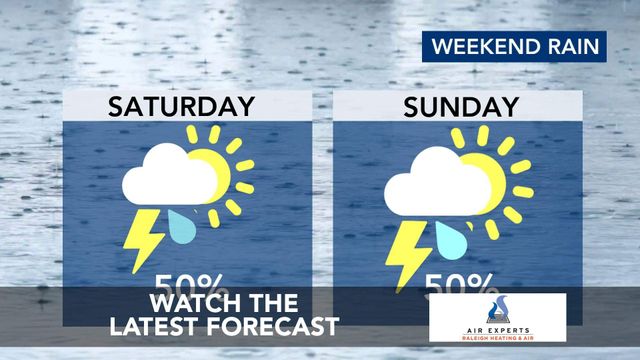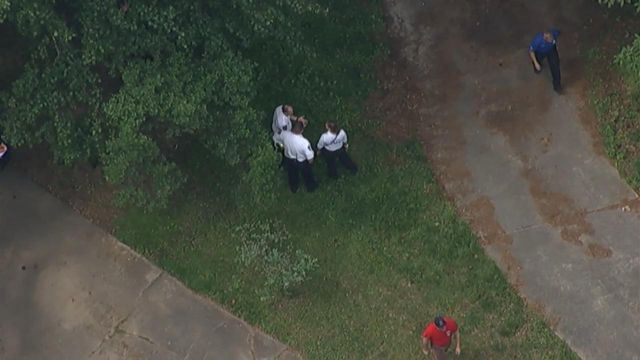Rocket trails visible from East Coast
6 p.m. Update: Wednesday's planned launch was postponed due to an internal radio frequency interference issue on one of the five rockets. The next launch attempt is no earlier than the night of Friday, March 16.
On Wednesday night, NASA will launch five small, powerful sounding rockets within five minutes from the Wallops Flight Facility on Virginia's shoreline.
Though the launch pad is over 200 miles from the Triangle, the results of these launches are expected to be visible from South Carolina to Pittsburgh to New England according to NASA.
The rockets are headed 60 to 65 miles up to the point where winds reach 200 to 300 miles per hour in the thin air, forming an upper jet stream.
The Anomalous Transport Rocket Experiment (ATREX) is a sounding rocket mission that will gather information needed to better understand what is going on in the upper levels of our atmosphere. The mission was inspired, at least in part, by observing the movement of the exhaust plume during shuttle launches.
This upper jet stream is located above where passenger planes fly but below the orbit of satellites. At this level in the atmosphere, a great deal of electrical turbulence occurs. Researchers are very interested the outcome of Wednesday's launch to help them understand that turbulence and how it impacts satellite and radio communications.
This jet stream should not be confused with the lower jet stream at about 30,000 feet which is often referred to by WRAL Weather Center meteorologists and impacts our day to day weather.
ATREX rockets will release trimethylaluminium, a chemical which will react with oxygen to produce a glow that will be tracked by cameras located in Virginia, Pennsylvania and on our coast in Duck, N.C. Imagery from the cameras will be triangulated to produce a detailed map of the movement of air. By-products of this reaction are naturally occurring chemicals in our atmosphere including aluminum oxide, carbon dioxide and water vapor.
Weather permitting, we should be able to see the results of this launch here in the Triangle. The simulated contrails created by these rockets are expected to be visible from all along the east coast. In the WRAL viewing area, we can look to the northeast during the launch window beginning at midnight and extending through 1:30 a.m.
NASA also plans a live webcast of the launch and release: http://sites.wff.nasa.gov/webcast
Tony Rice is a volunteer in the NASA/JPL Solar System Ambassador program and software engineer at Cisco Systems. You can follow him on twitter @rtphokie.









